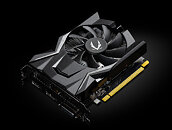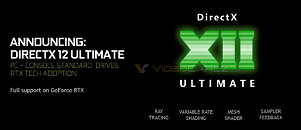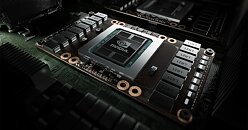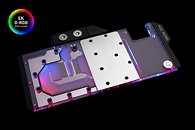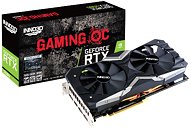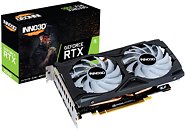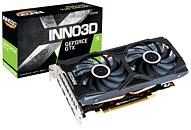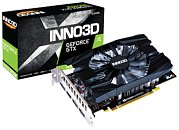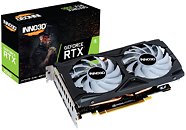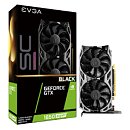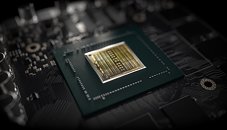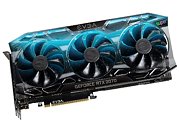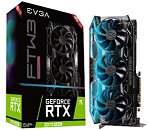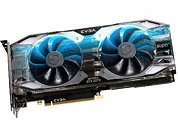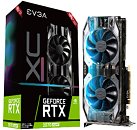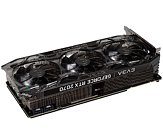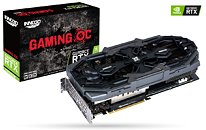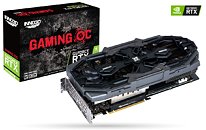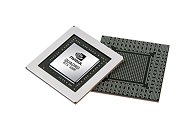
NVIDIA "Ampere" Designed for both HPC and GeForce/Quadro
NVIDIA CEO Jensen Huang in a pre-GTC press briefing stressed that the upcoming "Ampere" graphics architecture will spread across both the company's compute-accelerator and commercial graphics product lines. The architecture makes its debut later today with the Tesla A100 HPC processor for breakthrough AI acceleration. It's unlikely that any GeForce products will be formally announced this month, with rumors pointing to a GeForce "Ampere" product launch at a gaming-focused event in September, close to "Cyberpunk 2077" launch.
It was earlier believed that NVIDIA had forked its breadwinning IP into two lines, one focused on headless scalar compute, and the other on graphics products through the company's GeForce and Quadro product lines. To that effect, its "Volta" architecture focused on scalar-compute (with the exception of the forgotten TITAN V); and the "Turing" architecture focused solely on GeForce and Quadro. It was then believed that "Ampere" will focus on compute, and the so-called "Hopper" would be this generation's graphics-focused architecture. We now know that won't be the case. We've compiled a selection of GeForce Ampere rumors in this article.
It was earlier believed that NVIDIA had forked its breadwinning IP into two lines, one focused on headless scalar compute, and the other on graphics products through the company's GeForce and Quadro product lines. To that effect, its "Volta" architecture focused on scalar-compute (with the exception of the forgotten TITAN V); and the "Turing" architecture focused solely on GeForce and Quadro. It was then believed that "Ampere" will focus on compute, and the so-called "Hopper" would be this generation's graphics-focused architecture. We now know that won't be the case. We've compiled a selection of GeForce Ampere rumors in this article.








